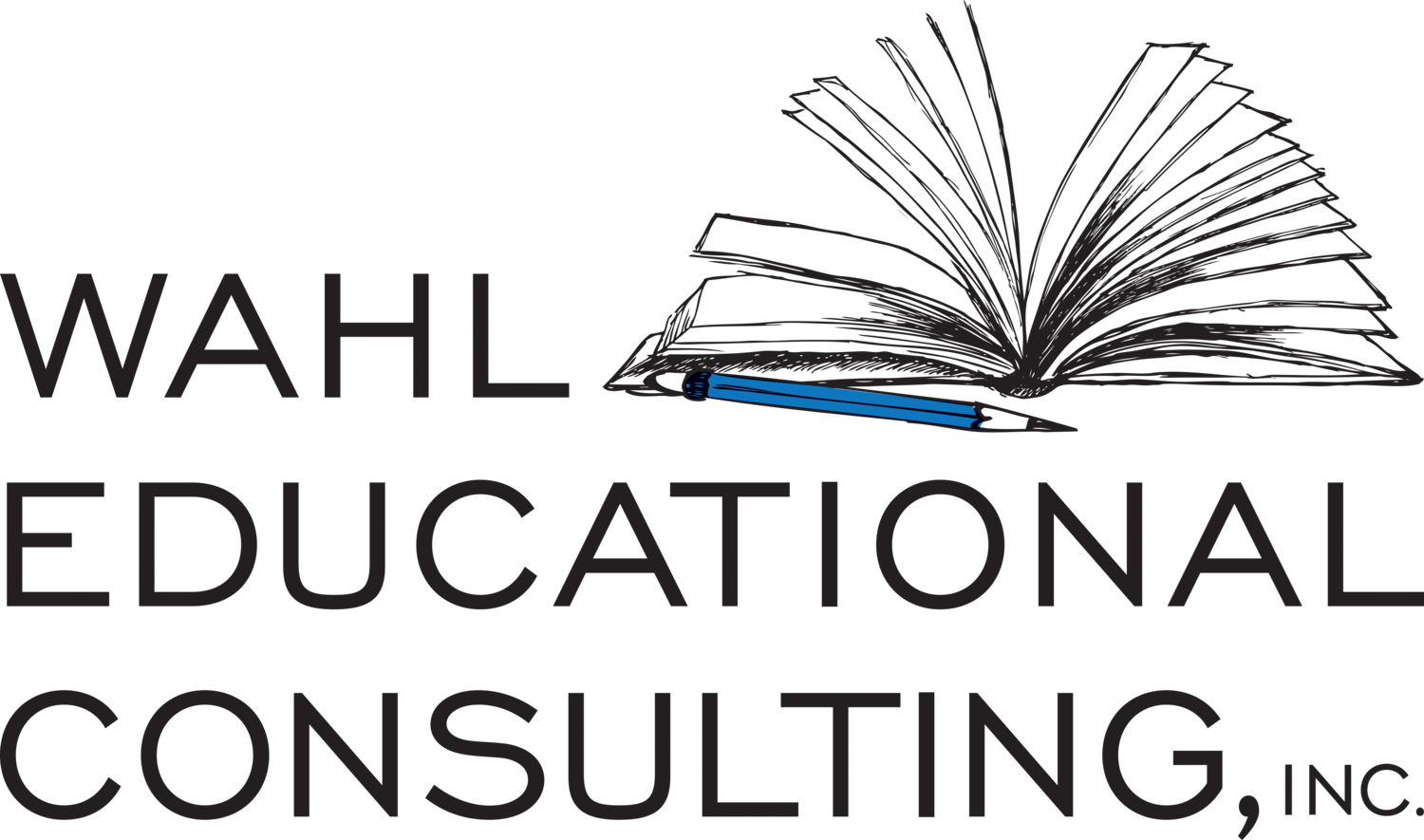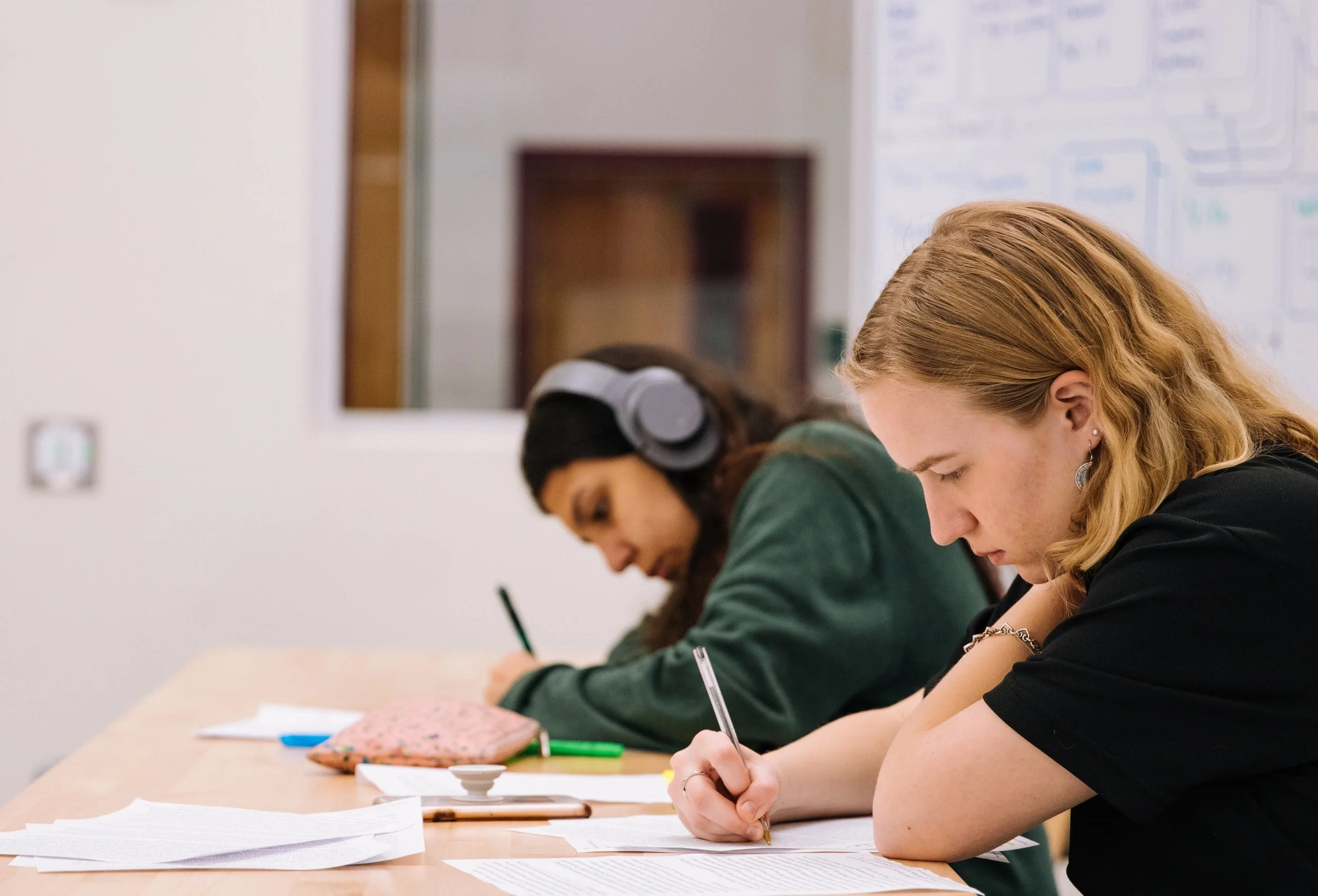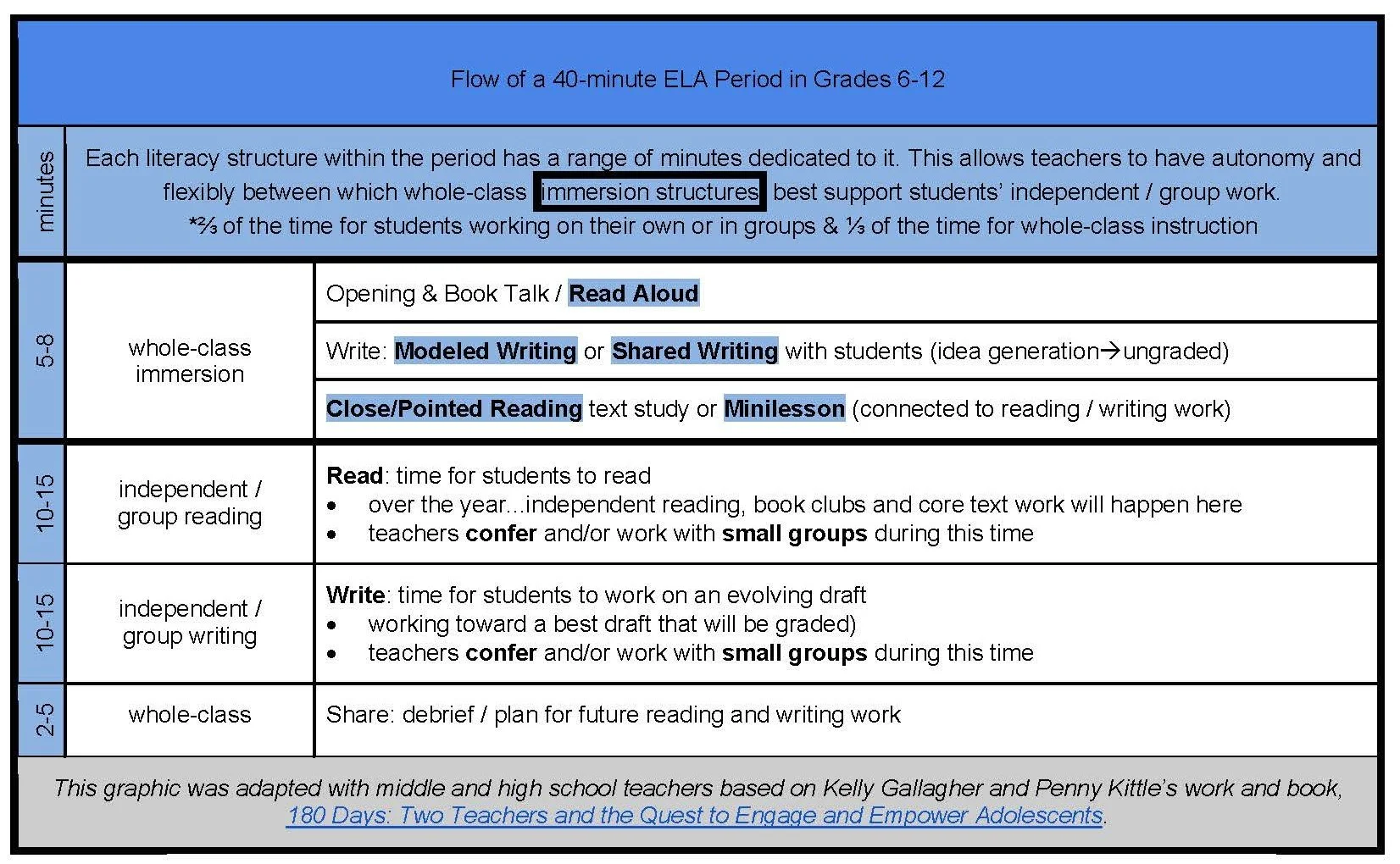A Balanced Approach to Literacy Instruction in grades 6-12
As an educator for over twenty years, I have believed the Gradual Release of Responsibility Model, first articulated by Margaret Gallagher and P. David Pearson in 1983, alongside a workshop approach are ideal ways to impart literacy instruction. Yet, over the last ten years, I have come to disagree with the notion that all instruction must begin with teacher modeling.
This grappling propelled me to write the article, “Must Must All Good Instruction Begin With Teacher Modeling: Reconceptualizing the To-With-By of Gradual Release,” reenvisioning the Gradual Release Model and how balanced literacy structures as well as minilessons may be used to support students in leading their own literacy work. I have seen my role as a teacher shift from modeling first to coaching and scaffolding as needed while implicitly exposing children to nuances of upcoming minilessons. On the heels of the 2017 NCTE annual convention themed “The First Chapter,” I found resonance in Vicki Vinton’s words: “[as] literacy educators, we were leaving an old story behind and embarking on a new one.”
The first chapter of my quest began with a question for all of us as educators. Instead of instruction always moving from a sequence of “to” (I do, you watch) → “with” (I do, you help → you do, I help) → “by” (you do, I watch), how could we help our students live the concepts they will be transferring to their own reading and writing through “with” balanced literacy structures? I can tell you, it has been a game changer for me as well as my colleagues to immerse and collaborate with our students in upcoming reading/writing genres, skills, and strategies.
Immersion to support self-directed learners unfolds as children participate in rich discussions around mentor texts as well as rehearsing and writing about shared experiences. Immersion allows us to gauge our students’ current understandings and provide just enough scaffolding so that they can transfer the work to independence with ease. P. David Pearson states in his coda to Comprehension Going Forward: Where We Are and What’s Next, “It is a ‘Goldilocks’ phenomenon — not too much, not too little, but just the right amount.”
Keep in mind that when I wrote the article, it was geared towards literacy instruction in grades PreK-5. Yet, this shift in thinking is desperately needed in grades 6-12 as well. Middle and high school teachers often feel constrained by the time crunch of their periods (usually 40 minutes or less) and living within a culture that too often sees literacy instruction as lecturing, teaching core texts and writing five paragraph essays that must be crafted in poorly-prescribed ways.
I am asking fellow educators to stretch the boundaries of literacy instruction. How can we can maximize student voice through collaborative immersion experiences (within our 40-minute ELA periods) around big ideas tied to content, structures, and transferrable strategies through flexibly selecting components that nurture this work? I want to help teachers reconceive selected components of balanced literacy as flexible structures that can serve the larger goal of building students’ voice, identity, and agency.
It must also be pointed out that in grades K-5, teachers have many more minutes to immerse their students in reading and writing experiences outside of the workshop time. That is not a luxury that middle and high school teachers have. We must instead, use the time within our 40-minute ELA period to consider immersion, keeping assessment-based planning at the core of this. Through various modalities, teachers implement well-planned comprehensive literacy instruction that reflects students’ needs, relevancy, standards and cross-content connections.
Below is a graphic I have adapted with middle and high school teachers based on Kelly Gallagher and Penny Kittle’s work and book, 180 Days: Two Teachers and the Quest to Engage and Empower Adolescents.
Middle and high school teachers model by reading or writing to the students (and thinking alongside) within the following structures:
Middle and high school teachers read or write with the students within the following structures:
Reading and writing is done by the students, within the following structures (with teachers observation and conferring):



